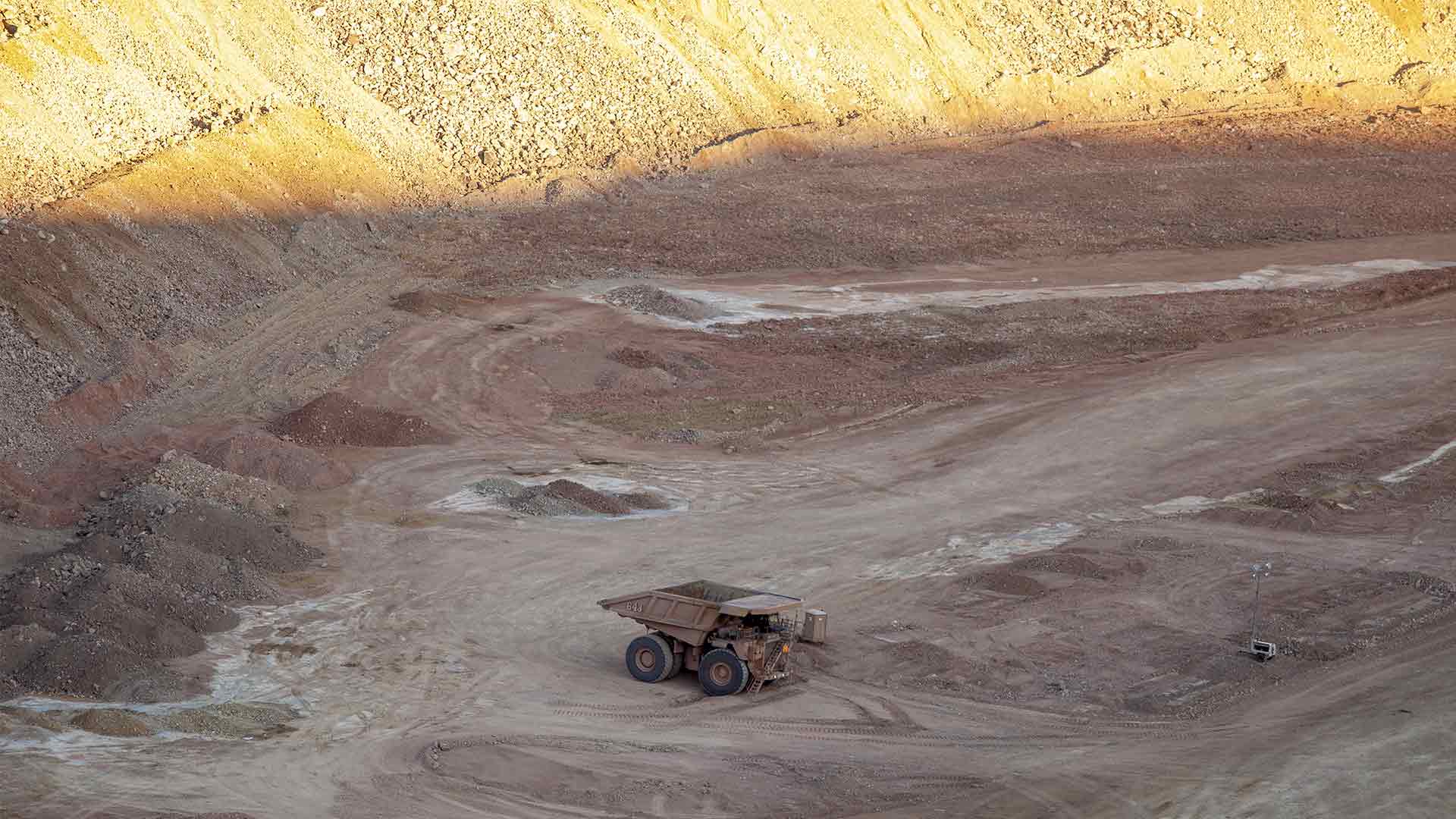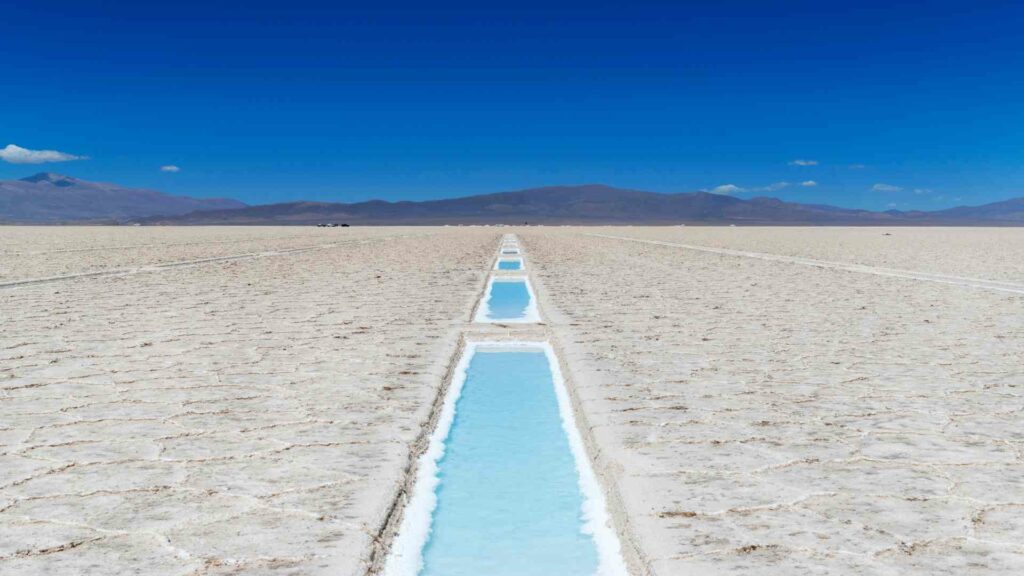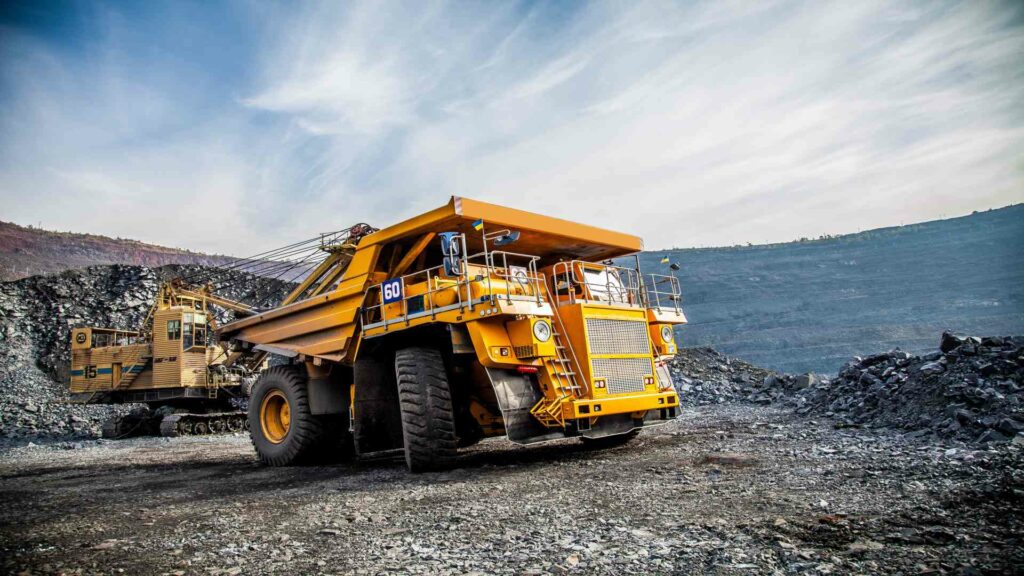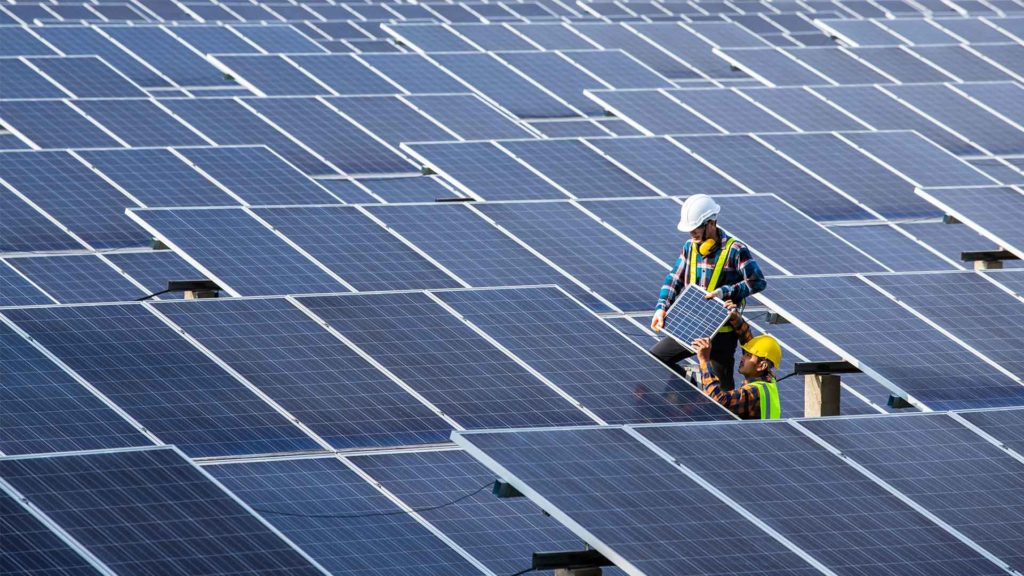Introduction to Lynas Rare Earths
Lynas Rare Earths is a leading global supplier of rare earth, crucial for many high-tech and green energy applications, with operations in Malaysia and Australia. It positions itself as “an ethical and environmentally responsible producer of rare earth materials as the world’s only significant producer of separated rare earth materials outside China.” Lynas Rare Earths Ltd is listed on the Australian Securities Exchange (ASX) as a public company in Western Australia.

Lynas Rare Earths
The company has two operations: a mining and concentration plant at Mount Weld in Western Australia and a refining facility at Kuantan in Malaysia. The world’s largest single Rare Earths processing facility in Malaysia is in Mt Weld in Western Australia. The Mt Weld Concentration Plant first processed Lynas rare Earth oxides. The company supports the ASX Corporate Governance Council Principles and is committed to best practices in corporate governance. Lynas has a zero-tolerance policy for corruption and bribery. She has also established an internal anti-corruption program.
Nicholas Curtis founded the Company as Yilgangi Gold NL in 1983; it took on the Lynas name in 1985. Curtis was a former executive director at Macquarie Group Ltd. It became publicly listed on the Australian Securities Exchange (ASX) as an S&P/ASX 200 company under its current name in 1986. The Company sold its gold division in 2001 to focus exclusively on rare earth mining and processing – an industry that had been largely ignored until then due to low demand from traditional industries but was about to boom due to increased demand from the tech industry.
Lynas Rare Earth Materials Production
Lynas is recognized as a leading supplier of sustainable Rare Earth materials. Its supply chain is traceable from mine to finished magnets through operations and qualified partners. This security of supply is essential for sustainable market growth.
The Company’s products include:
- Magnets made from Neodymium or Praseodymium (NdPr)
- Lanthanum (La)
- Cerium (Ce)
- Mixed Heavy Rare Earths (SEG)
Market Position
Lynas is the only significant producer of the scale of separated Rare Earths outside China. Rare Earths are essential inputs to high-growth global manufacturing supply chains, including digital age technologies and green technologies such as electric vehicles and wind turbines. By 2021, Lynas achieved a record annual net profit (NPAT) of $157.1m, and sales revenue increased to $489. For the financial year ending June 2021, Lynas produced 5,461t of neodymium-praseodymium oxide, the main input for neodymium iron boron (NdFeB) rare earth permanent magnets.
Financial Performance
According to Simply Wall Street, Lynas Rare Earths Limited engages in the exploration, development, mining, extraction, and processing of rare earth minerals, primarily in Australia and Malaysia. Lynas Rare Earths Limitarnings per share (EPS) grew 25% per year over the last three years. Its revenue is up 60% over the last year. This is a positive direction for shareholders, who should be happy with strong revenue and EPS growth. Lynas Rare Earths Limited has provided a total return of 313% over the past three years, a very good performance with a clean balance sheet. However, strong growth in earnings and share price growth is now less important than getting the company to sustainable profitability in the future. Simply Wall Street notes significant insider shareholder selling in the last quarter of 2021.
Motley Fool has a more sanguine interpretation of what 2022 holds for Lynas. suggesting the stock is a hold. The Fool cites David Franklyn of Argonaut and Tim Serjeant of Eley Griffiths, who has a ‘hold’ rating. In an interview with Livewire in November, the fund managers agreed that the company’s Mount Weld mine is a strategic asset considering its position outside China. However, the price-to-earnings (P/E) ratio of 50 times is very high. Also, pricing for neodymium-praseodymium (NdPr) is high at $100 per kilogram, suggesting little volume growth. Finally, the company needs capital for its next phase – developing the rare earth processing facility in Kalgoorlie, which requires $500 million of investment before becoming operational in July 2023. (Note Borates Today does not endorse or support any financial summaries included in its articles).
Company’s Operations
Lynas is different from other rare earth producers by offering products guaranteed to be from mine to the finished product. Designed from the ground up as an environmentally responsible producer, Lynas has a portfolio of integrated assets to explore, develop, mine, and process Rare Earth minerals:
- Mt Weld – one of the world’s highest grade rare earth mines, located 35km south of Laverton at Mt Weld in Western Australia
- Mt Weld Concentration Plant – commissioned in 2011 and located 1.5km from the mine site
- Lynas Malaysia – a state-of-the-art manufacturing facility where we separate and process Rare Earth materials. Located in the Gebeng Industrial Estate near the Port of Kuantan in Malaysia, the plant commenced production in 2012.
Mount Weld
Mount Weld is a rare earth mine in Western Australia. It is one of the largest and highest-grade new deposits of rare earth. The deposit is additionally unusual because it has shallow levels of thorium, a radioactive contaminant commonly found together with rare-earth elements. The extensive resources, high grades, and low thorium contamination make Mount Weld an ideal commercial proposition.
The Mt Weld Concentrator is a flotation plant designed to process 240,000 tonnes per annum of ore to produce up to 66,000 tonnes per annum of concentrate containing 26,500 tonnes of REO. The Mt Weld Concentrator was commissioned in May 2011 and had been exporting concentrate to Lynas Malaysia since late 2012.
Lynas Malaysia
The materials are then sent to their advanced materials plant of 100 hectares in Gebeng, Malaysia. Here, the concentrate is separated to make high-quality Rare Earth materials. The organization is expanding its industrial footprint as part of the Lynas-2025 growth strategy. A Rare Earths Processing Facility is planned for Kalgoorlie in Western Australia.
The company understands that sustainability and environmental provenance are essential to customers and end-users. It can trace Lynas Rare Earth products to Mt Weld in Western Australia. Additionally, it is possible to find its Rare Earths in many high-tech and future-facing industries such as electronics, wind turbines, and hybrid motor vehicles.
Future Plans
FY21 has been a significant transitional year for the Lynas business. Lynas Rare Earths is expanding its business as part of the “Lynas 2025” growth plan to meet future demand. The company is also diversifying its industrial footprint by identifying processing facilities at optimal locations.
A Note on Rare Earths
The Earth’s crust is rich in rare earth elements. Cerium, which is 68 parts per million, is the 25th most abundant element. It is almost as common as copper. Rare Earth Elements are often dispersed due to their geochemical characteristics. They are rarely found in sufficient concentrations to make it economically feasible to mine them. Rare Earths were created because of the scarcity of these minerals.
Rare Earth includes 15 elements from the periodic table, known as the Lanthanide Series. They also contain Yttrium. The light elements (lanthanum, samarium) and the heavy elements (europium, lutetium) are two Rare Earths. These latter elements are rarer and, therefore, more costly.
Rare Earths can be used as potent reducing agents. They are ionic, and their compounds have high melting and boiling temperatures. Rare Earths are in their metallic states and tend to be relatively soft. However, those with higher atomic numbers tend to be more challenging. Rare Earth react with non-metallic and metallic elements to create compounds that have specific chemical properties. They are indispensable and cannot be replaced in many electronic, optical, and magnetic applications. Rare earth compounds can be identified by ultraviolet light. Hydrogen gas can also be produced by rare earth compounds reacting with water and diluted acids.
When mined, rare Earths, often silver, silver-white, or grey, are high-luster metallics. They tarnish when exposed to air and can form oxide compounds. Rare Earths are a mixture of many elements available in large quantities. It is possible to separate them into components before we can commercially use them. Open-pit mining is the most common method of extracting rare earth. They can be removed from the ground and supplied in their elemental form. They can also be made into compounds (oxides and chlorides), which collectively are called REOs.





